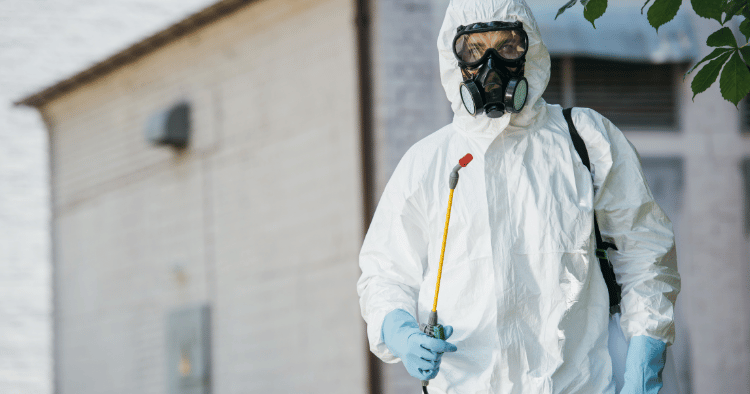Respirators are essential for protecting against airborne contaminants in various environments, from industrial workplaces to healthcare settings. Choosing the right respirator is crucial for ensuring optimal protection and comfort. In this guide, we’ll explore the key factors to consider when selecting the best respirator for your needs.
Understanding Respirators
1. Types of Respirators
There are different types of respirators, each designed for specific applications and levels of protection.
- Disposable Respirators: Commonly known as N95 masks, these are single-use and filter out 95% of airborne particles.
- Half-Face Respirators: Cover the nose and mouth and are equipped with replaceable cartridges for various contaminants.
- Full-Face Respirators: Provide protection for the entire face, including eyes, and are used in more hazardous environments.
- Powered Air-Purifying Respirators (PAPRs): Use a battery-powered blower to push air through filters, offering higher protection levels.
Key Factors to Consider
2. Protection Level
The primary consideration when choosing a respirator is the level of protection it offers against specific hazards.
- Particle Filtration Efficiency: Look for respirators that can filter out the required percentage of airborne particles.
- Chemical Resistance: Ensure the respirator can protect against specific chemicals or vapors if applicable.
3. Fit and Comfort
A respirator must fit well to be effective. Comfort is also crucial, especially for prolonged use.
- Fit Testing: Perform a fit test to ensure the respirator forms a tight seal around your face.
- Comfort Features: Look for adjustable straps, soft face seals, and lightweight designs for better comfort.
Application-Specific Requirements
4. Workplace Environment
Consider the environment in which you will be using the respirator.
- Industrial Settings: High-risk environments may require full-face respirators or PAPRs.
- Healthcare Settings: N95 masks are commonly used in healthcare to protect against infectious agents.
- Construction Sites: Half-face respirators with particulate filters are often sufficient for dust and debris.
5. Duration of Use
The duration for which you need to wear the respirator can influence your choice.
- Short-Term Use: Disposable respirators are suitable for short-term or occasional use.
- Long-Term Use: Reusable respirators with replaceable filters are more economical and comfortable for extended use.
Maintenance and Care
6. Ease of Maintenance
Reusable respirators require regular maintenance to ensure they remain effective.
- Cleaning: Look for respirators that are easy to disassemble and clean.
- Filter Replacement: Ensure filters are readily available and easy to replace.
7. Storage Requirements
Proper storage is essential to maintain the respirator’s integrity.
- Storage Conditions: Store respirators in a clean, dry place away from direct sunlight and contaminants.
- Storage Solutions: Use protective cases or bags to keep the respirator clean when not in use.
Cost Considerations
8. Budget
While cost should not be the only consideration, it is essential to choose a respirator that fits within your budget.
- Initial Cost: Compare the prices of different respirators, keeping in mind the level of protection and features offered.
- Long-Term Value: Consider the long-term costs, including filter replacements and maintenance.
Regulatory Compliance
9. Certifications
Ensure the respirator complies with relevant safety standards and certifications.
- NIOSH Certification: In the U.S., look for respirators certified by the National Institute for Occupational Safety and Health (NIOSH).
- Other Standards: Depending on your location, ensure compliance with local regulations and standards.
Choosing a Reliable Supplier
10. Trusted Brands and Suppliers
Purchasing from a reputable brand or supplier ensures you receive a high-quality respirator.
- Reputable Brands: Choose well-known brands with a history of producing reliable and effective respirators.
- Reliable Suppliers: Partner with trusted suppliers like GVS to ensure product authenticity and quality.
Conclusion
Selecting the right respirator involves considering various factors, including protection level, fit and comfort, specific application requirements, maintenance needs, and cost. By understanding these factors and partnering with a reliable supplier like GVS, you can ensure you choose the best respirator for your needs. Prioritizing the right respirator will significantly enhance your safety and comfort in hazardous environments.



